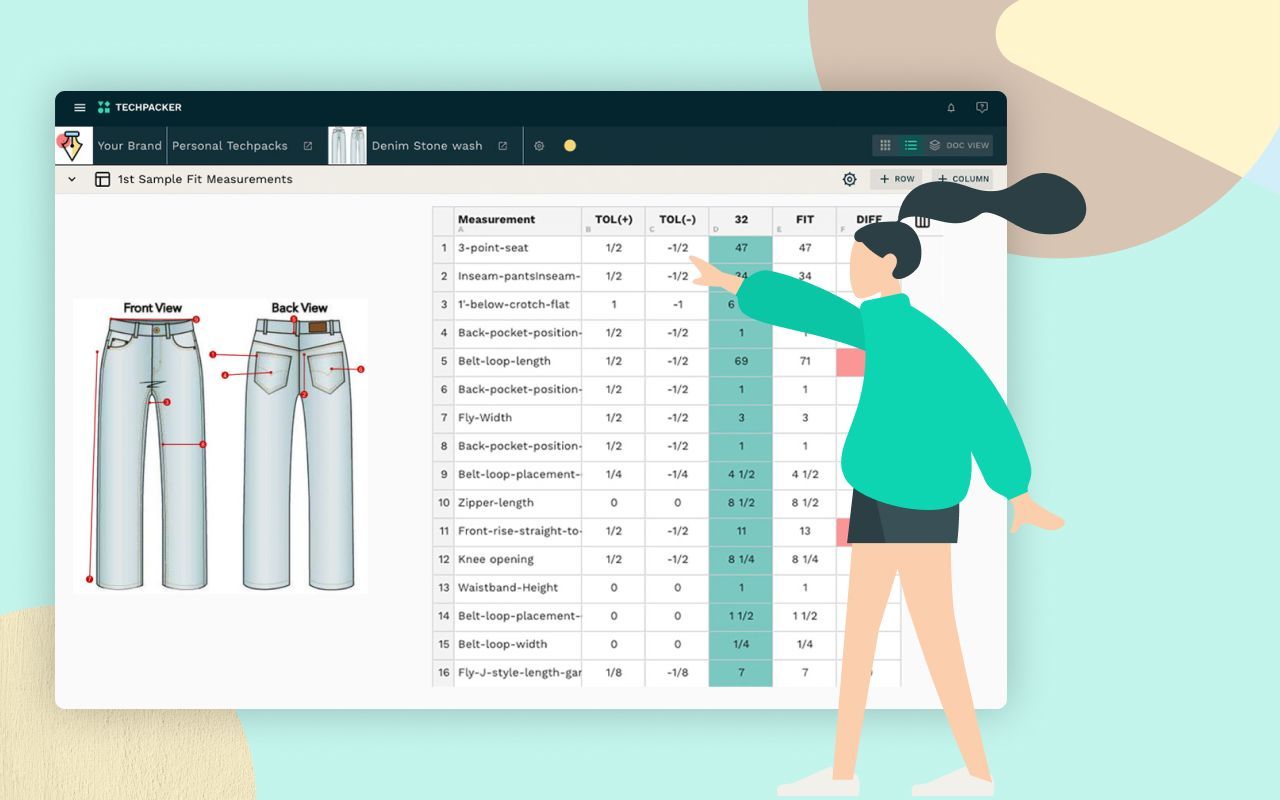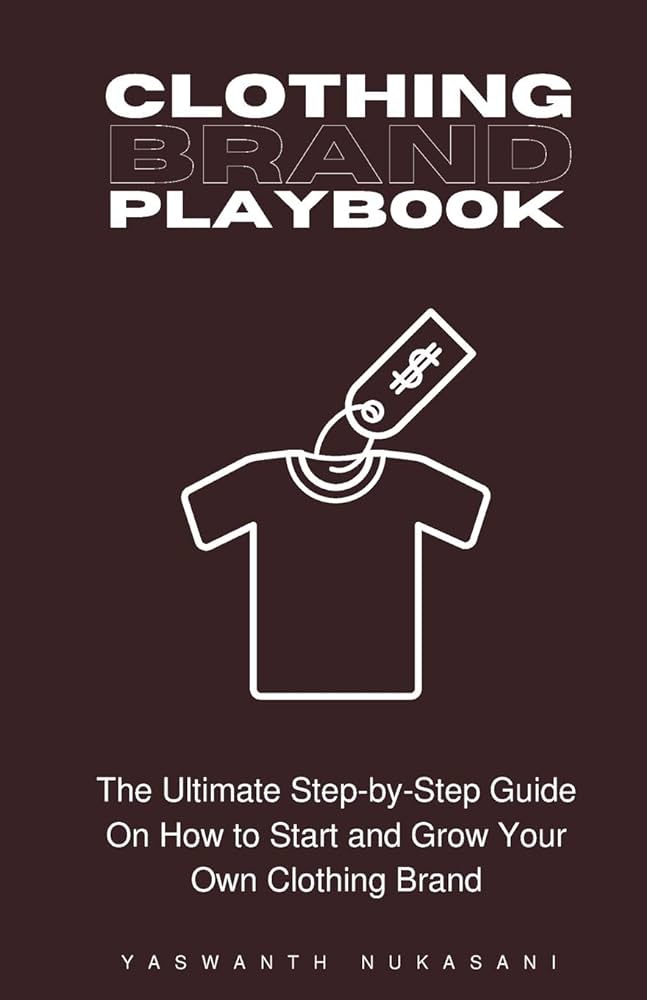As an Amazon Associate I earn from qualifying purchases.
To price clothing accurately, determine the cost of production and materials, and then add a desired profit margin. Consider factors such as market demand, competitor pricing, and target customer demographics to set a competitive price point.

Credit: techpacker.com
Determining The Price
The first step in determining the price of your clothing is to understand your costs. This includes considering the cost of materials, labor, shipping, and any other expenses related to producing and selling your clothing. By accurately calculating your costs, you can ensure that you are pricing your clothing in a way that covers your expenses and allows for a profit.
After understanding your costs, you can explore different pricing methods. One common method is absorption pricing, which involves adding a markup to your costs to determine the selling price. Another approach is to consider the prices of similar clothing items in the market and price your clothing competitively.
Remember, there is no one right way to price your clothing. It’s important to consider your target market, brand positioning, and the perceived value of your clothing when setting the price. Regularly reviewing and adjusting your prices based on market trends and customer feedback is also crucial for long-term success.
:max_bytes(150000):strip_icc()/Wedding-Dress-Fabrics-Elias-Kordelakos-Main-aaf104ad04aa4483aac68eacf465175d.jpg)
Credit: www.brides.com
Considering Aesthetic Appeal And Brand Category
Evaluating aesthetic appeal is an essential factor when pricing clothing. It is crucial to analyze the design, quality, and uniqueness of the garments to determine their value. Clothing that is visually appealing and aligned with current fashion trends often commands higher prices. On the other hand, identifying the brand category is equally important. Luxury brands with a strong reputation and a loyal customer base can set higher prices compared to fast fashion brands. The brand’s positioning, target market, and perceived value play a significant role in determining the appropriate pricing strategy.
When it comes to pricing clothing, evaluating the aesthetic appeal and identifying the brand category are crucial considerations. The visual appeal of the garments and their alignment with current fashion trends play a significant role in determining their value. Additionally, analyzing the brand’s positioning, target market, and perceived value helps set an appropriate pricing strategy. By considering these factors, clothing businesses can effectively price their products for optimal profitability.
When To Adjust Prices
Understanding when to adjust prices is crucial for clothing retailers. Monitoring competition is one key factor to consider. Analyzing their pricing strategies and promotions can provide valuable insights. Moreover, understanding customer demand and market trends helps determine the right time to make pricing adjustments. Additionally, assessing production costs and profit margins is essential to ensure the best pricing strategy. By staying flexible and adaptable, retailers can respond effectively to market changes and stay competitive. It’s important to regularly review pricing strategies and make adjustments accordingly to ensure continued success in the retail clothing industry.
Factoring In Shipping And Other Costs
When pricing clothing, it’s crucial to calculate shipping costs accurately. Don’t forget to include the expense of packaging and promotional items like stickers or thank-you notes. Additionally, consider rounding off prices to simplify the payment process for customers.
Special Considerations For Online And Retail Pricing
Differences in Pricing Approaches: When it comes to pricing clothing, there are some differences in approaches depending on whether you are selling online or in a retail store.
Cost-Cutting Strategies: Pricing for both online and retail sales requires effective cost-cutting strategies. By analyzing production costs and finding ways to reduce expenses, you can improve profit margins without sacrificing the quality of your clothing products.
Pricing Discounts: Offering discounts is a common practice in the clothing industry. However, it’s important to carefully calculate the discount amount to avoid hurting your profit margins. Consider factors such as product cost, customer demand, and competitive pricing when determining the discount rate.

Credit: blog.hubspot.com
Frequently Asked Questions Of How To Price Clothing
How Do I Know How Much To Charge For Clothes?
To determine how much to charge for clothes, follow these steps: 1. Calculate your costs for materials, manufacturing, and shipping. 2. Understand different pricing methods, such as absorption pricing. 3. Research comparable clothing brands to see their prices. 4. Consider your target market’s willingness to pay.
5. Set a profit margin that aligns with industry standards. By implementing these guidelines, you can determine a competitive and profitable price for your clothes.
How Much Should You Sell Clothing For?
To determine the selling price for clothing, consider factors like production costs, shipping expenses, and desired profit margin. Research your competition and target market to set a competitive price. Additionally, set prices that align with the value and quality of your clothing brand.
Remember to factor in any discounts or promotions.
How Do You Calculate Fashion Price?
To calculate fashion price, start with your costs and understand different pricing methods. Consider factors like shipping costs, promotional items, and competition. You can also round off the price and determine pricing for custom items or discounts. There’s no one right way to price clothing, but principles like absorption pricing and cost-plus pricing can help.
What Is A Good Profit Margin For Clothing?
A good profit margin for clothing is generally between 50% to 60%, ensuring a healthy return on investment.
How Do I Determine The Price For Clothing Items?
You can consider the cost of materials, production, and desired profit margin to set a competitive price.
Conclusion
Setting the right price for your clothing can make all the difference in the success of your business. By understanding your costs, researching market trends, and analyzing your competitors, you can determine a pricing strategy that maximizes your profit while remaining competitive.
Remember to consider factors such as shipping costs, promotional items, and discounts when calculating your retail prices. With careful analysis and consideration, you can confidently set prices that attract customers and generate revenue for your clothing brand.
As an Amazon Associate I earn from qualifying purchases.











